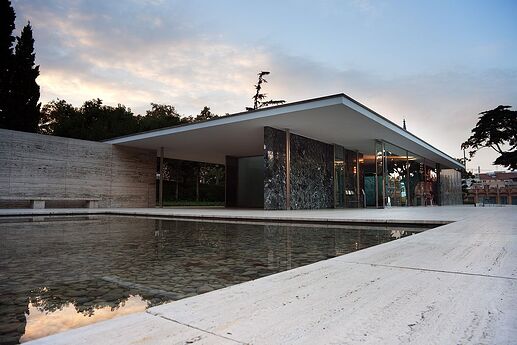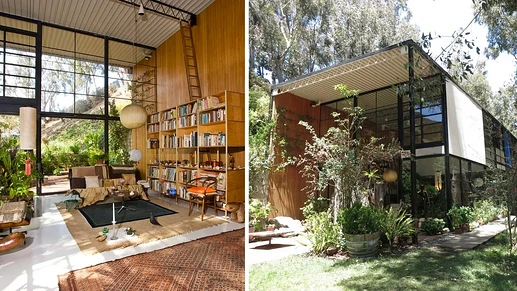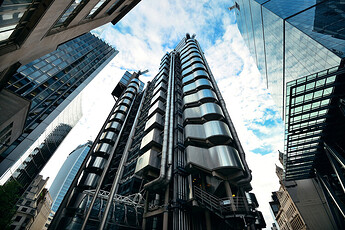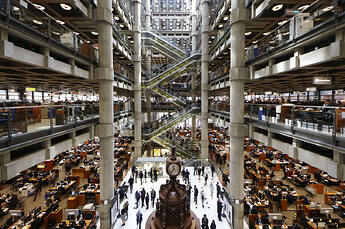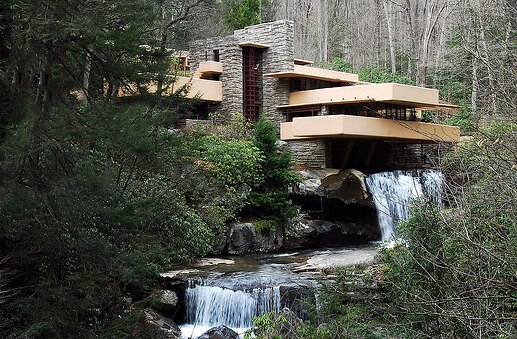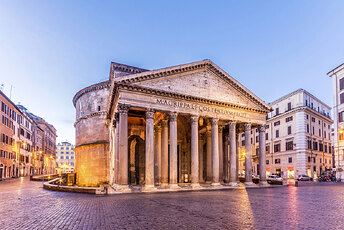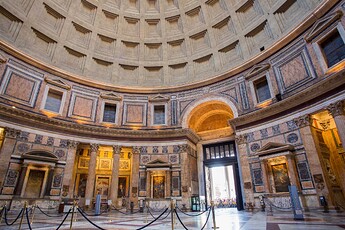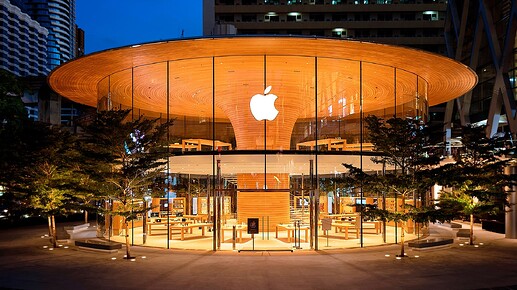If you’re studying interior design, there are some key case studies that are essential to understanding the field. Here’s a rundown of some of the most influential ones that you should definitely check out:
1. The Barcelona Pavilion by Mies van der Rohe Summary: Designed for the 1929 International Exposition in Barcelona, this pavilion is a masterpiece of modernist architecture. Its sleek lines, minimalism, and use of luxurious materials like onyx and marble exemplify the elegance and simplicity of modern design. The pavilion’s open-plan layout and integration with its surroundings are still influential in contemporary interior design.
2. The Eames House by Charles and Ray Eames Summary: Also known as Case Study House No. 8, this house in California is a prime example of mid-century modern design. The Eameses combined industrial materials with a playful, functional design to create a space that is both practical and visually striking. The house reflects their belief in the integration of art, architecture, and everyday life.
3. The Guggenheim Museum by Frank Lloyd Wright Summary: Located in New York City, the Guggenheim is famous for its unique spiral form and innovative use of space. Wright’s design breaks away from traditional museum layouts with a continuous, open ramp that allows for an unconventional viewing experience. This case study is crucial for understanding the impact of architecture on spatial experience and visitor interaction.
4. The Lloyd’s Building by Richard Rogers Summary: This London building is known for its radical, high-tech design, with its services like elevators and plumbing exposed on the exterior. The flexible interior spaces and emphasis on functionality showcase how interior design can be influenced by and adapt to technological advancements.
5. The Fallingwater House by Frank Lloyd Wright Summary: Built over a waterfall in Pennsylvania, Fallingwater is celebrated for its harmony with nature. Wright’s design integrates the house with its natural surroundings, using cantilevered terraces and natural materials to blend seamlessly with the landscape. This case study highlights the importance of context and environmental integration in design.
6. The Pantheon in Rome Summary: While not a modern case study, the Pantheon’s interior is an essential reference for understanding classical architecture and design principles. Its massive dome and oculus showcase innovative engineering and have influenced countless designs over centuries, including modern interiors.
7. The Apple Store by Norman Foster Summary: The sleek and minimalist design of Apple Stores, particularly the flagship store on Fifth Avenue in New York, reflects the brand’s identity. The use of glass walls and simple, clean lines creates a high-tech, user-focused environment. This case study is valuable for understanding brand integration into interior design.
![]() What’s your favourite case study or design project that has inspired your own work in interior design?
What’s your favourite case study or design project that has inspired your own work in interior design?
